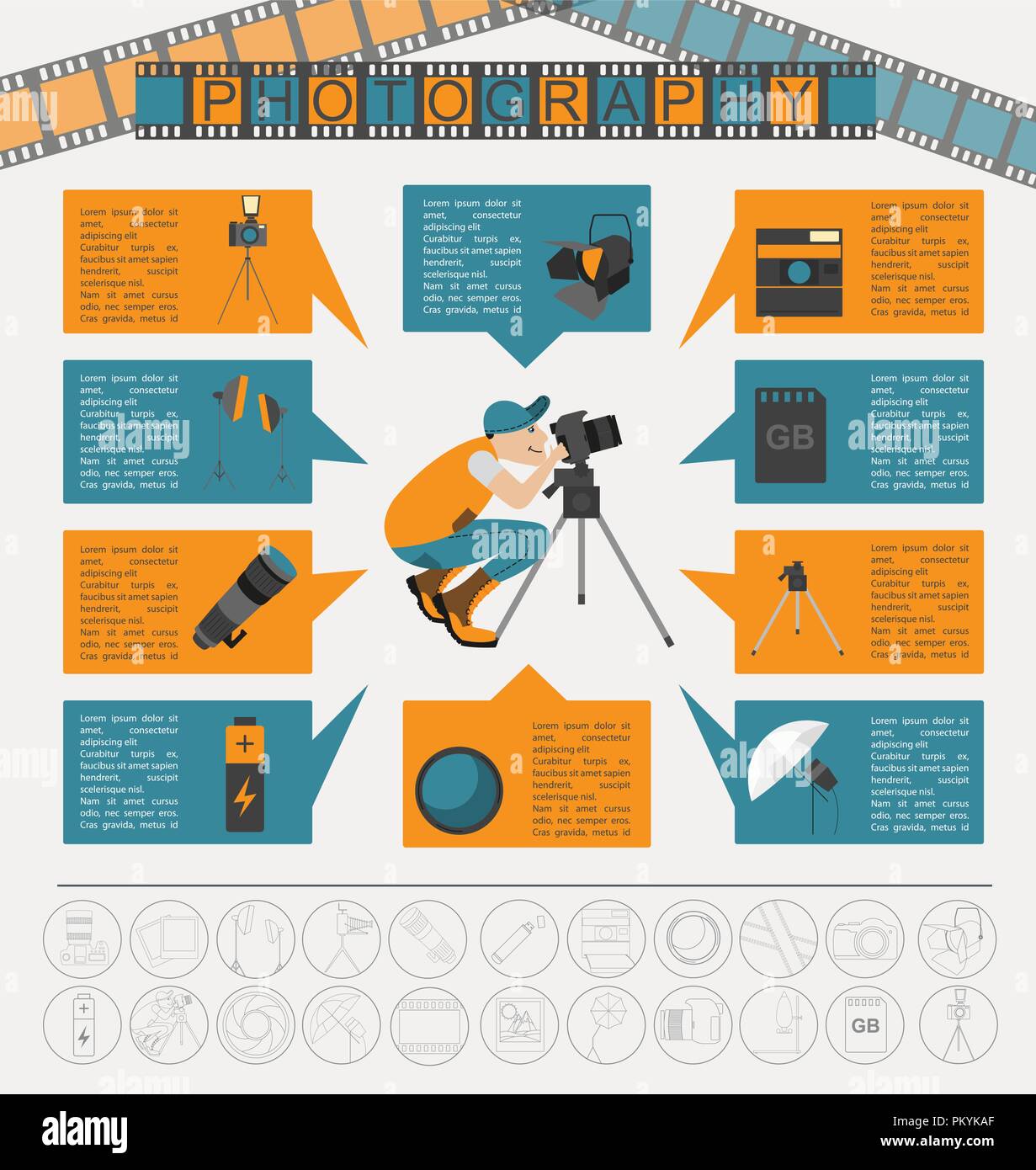The Relevance Of Illumination In Photography And Exactly How To Master It
The Relevance Of Illumination In Photography And Exactly How To Master It
Blog Article
Web Content By-Gross Kenny
When you grab your camera, you could not realize exactly how pivotal lighting is in shaping your images. It can change an average scene into something extraordinary, impacting not just the clearness but additionally the mood of your photos. Recognizing the details of light-- its instructions, high quality, and shade-- can elevate your work to new heights. However just how do you grasp these components effectively? Discovering different illumination methods and experimenting with various arrangements could be the trick to opening your complete possibility as a professional photographer. Let's explore what makes light not simply needed, but necessary.
The Function of Light in Digital photography
Light's impact on digital photography can not be overemphasized; it forms the mood, highlights details, and produces depth in your photos. When you grab your cam, consider just how light connects with your topic. The direction and quality of light can either enhance or lessen the components you want to record.
As an example, soft, diffused light can create a fanciful atmosphere, while harsh, direct light can generate plain contrasts and sharp shadows.
As you experiment, discover exactly how different times of day influence your shots. Early morning and late afternoon commonly supply the most complementary light, referred to as the "gold hour." This warm light can develop stunning effects that attract viewers in.
Alternatively, capturing at noontime can result in unflattering shadows, so keep that in mind.
Furthermore, consider the shade of light. Natural light differs throughout the day, and synthetic source of lights can present different shades to your scenes.
Changing your white balance can help you achieve the desired effect. Ultimately, comprehending the role of light will transform your digital photography, permitting you to tell stories and evoke feelings with every picture you catch.
Types of Lighting Techniques
Often, digital photographers rely upon numerous illumination strategies to attain their preferred impacts and boost their images. Recognizing these strategies enables you to manipulate light creatively, making a significant difference in your photography.
One prominent technique is all-natural lighting, where you make use of sunlight to brighten your topic. This strategy can create soft, lovely shadows and highlights, particularly throughout the golden hour-- shortly after daybreak or before sundown.
Another technique is using man-made illumination, that includes studio lights, speedlights, or LED panels. You can control the strength and direction of the light, permitting extra precise results.
Backlighting is another reliable method; positioning the source of light behind your subject can produce a striking silhouette or emphasize edges, adding deepness to your images.
You might additionally discover high-key and low-key lights designs. High-key lighting generates bright, uniformly lit images with minimal shadows, while low-key lights highlights comparison and drama with deep darkness.
Each technique has its staminas, and trying out them will certainly help you find your distinct design.
Tips for Learning Lighting
Mastering lighting can genuinely change your photography, so it's necessary to get a grasp on some functional pointers.
Initially, constantly pay attention to the instructions of light. Light originating from the side can develop depth, while front illumination often tends to flatten your topic. Explore backlighting for significant silhouettes or to highlight appearances.
Next off, take into consideration the high quality of light. Soft, diffused light is usually much more complementary, specifically for pictures. You can achieve this by capturing during gold hour or using reflectors and diffusers to soften severe sunlight.
Do not undervalue the power of darkness! They can include intrigue and measurement to your photos. Attempt positioning your topic in a way that allows shadows to boost the structure.
Likewise, change https://www.digitalcameraworld.com/buying-guides/best-leica-camera . Use a broader aperture for even more light in reduced conditions, but bear in mind deepness of area.
Lastly, practice makes excellent. Take your cam out in numerous illumination conditions and experiment. The even more you play with light, the far better you'll comprehend just how to use it to your benefit.
Master these suggestions, and you'll elevate your photography to new heights!
headshots for acting near me
Understanding illumination is necessary for raising your digital photography. By understanding just how light influences your photos, you can create stunning structures that convey state of mind and depth. Trying out different techniques and problems, and don't shy away from utilizing tools like reflectors and diffusers to enhance your shots. With practice and a desire to discover, you'll find that manipulating light ends up being force of habit, enabling your creativity to beam through in every photograph you take.
